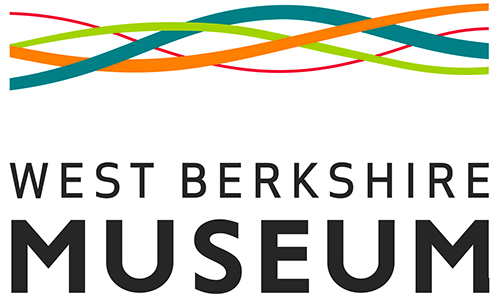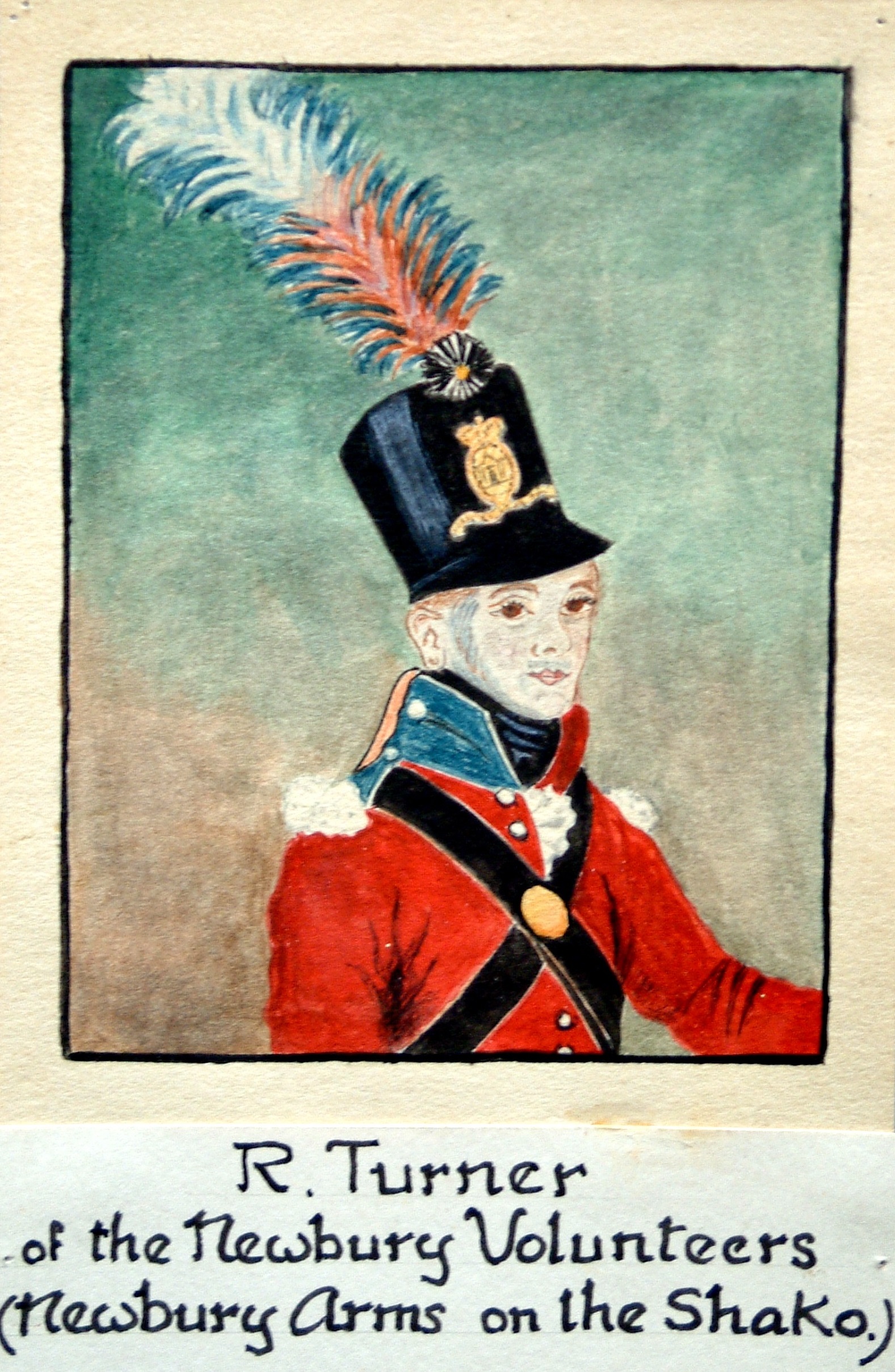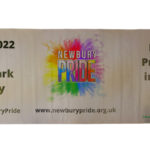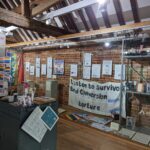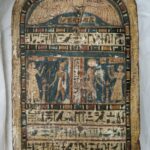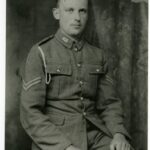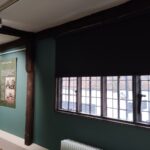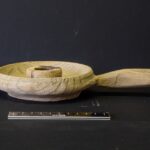The Newbury Volunteers – Research into the watercolour of R. Turner by Miss L. Prichard.
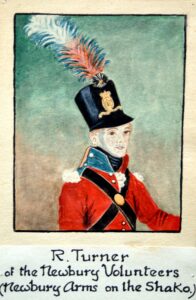
Watercolour painting of R. Turner of the Newbury Volunteers by Miss L. Pritchard. Reverse says he belonged to the Hungerford Troop.
Under threat of invasion by Napoleon from 1793, and with insufficient military forces to repulse an attack, the British government decided in 1794 to form many local volunteer corps for the defence of the country. There was a brief peace in 1802 when a number of corps were disbanded but then had to be re-raised in 1803 as hostilities resumed.
The Newbury Volunteers were formed in 1803 “by the late members of the Hungerford Corps of Cavalry and other persons in the town and neighbourhood”. The corps apparently comprised 54 gentlemen and yeomen who offered their services to the government for the defence of Great Britain, with the somewhat limiting caveat that this service should be within a 10 mile radius of Hungerford. This offer was accepted in September 1803, with Captain John Pearce in command. The next year they joined the 1st Regiment of the Berkshire Cavalry, and eventually were merged into the Berkshire Yeomanry.
Their uniform included a striking head-covering, the stovepipe shako (derived from Hungarian csako, meaning peak, originally worn by Hungarian Hussars in the 18th century). A shako was standard wear for troops of all European nations at this time, providing some protection for the head and a visor against the sun, but little protection from the rain, as they were made from a heavy felt material covering a leather body.
The subject of Miss L Prichard’s portrait, R Turner of the Newbury Volunteers, has so far proved a challenge to trace. Contemporary records are scarce for that period, and without knowing his full name it is even more difficult. Military historians may be able to ascertain from his uniform if he was an officer, but all Volunteers at that time were apparently of some social standing, being of yeoman or gentry stock, unlike the Militia. There were one or two R Turners who were in West and North Berkshire at the time of the Volunteers (roughly 1803 – 1815) but what is really needed is a specific Christian name or a village location. There was a Richard Turner in Kintbury born in about 1762 who died there in 1828, and was a witness to a wedding in Kintbury in 1818, but no more information. There was a Robert Turner born in Appleford, in the Abingdon area, in 1770, but again further information about him was not possible without access to the Berkshire Record Office. A John Turner of Shalbourne left a will in 1800, but there was no mention of a family member whose name began with R. Joseph Toomer’s 1815 census of Newbury may well shed some light when the museum records become accessible again.
In 1949 Newbury Museum held an exhibition on the Berkshire Yeomanry. It included a drawing by Henry Eldridge, a well-known portrait painter, of a Berkshire Yeomanry officer c.1804-1815. Is it possible that Miss L Prichard, who was the museum assistant to Harold Coghlan at around the time of the exhibition, was inspired to use this drawing to produce her own watercolour of R Turner of the Newbury Volunteers? It would be interesting to track down Eldridge’s drawing to see if it includes the name R Turner, or whether Miss Prichard had access to another source.
Miss L Prichard herself was much easier to trace. She was born Linder [sic] Katherine Prichard in North London on 5th August 1902. She came from a comfortable middle-class background. In the 1911 census her father was a mechanical engineer superintendent at a printing machinery works. He had married the daughter of an accomplished painter and artist in the Romantic style, Laslett J. Pott, who was well known for painting historical subjects, such as The Retreat from Moscow, and Mary Queen of Scots being led to her execution. Presumably Linder’s mother encouraged her to draw and paint.
In the 1939 Register Linder and her mother were living in White Cottage, Boxford. Linder was a reception clerk, currently unemployed. Their neighbours on the same page in the Register included Harold Peake, Curator of Newbury Museum. When the vacancy arose for a museum assistant it seems likely that Harold Peake may have recommended his neighbour. Linder had an older brother, but never married, and when she died on 30 January 1980, by then living at Well Cottage in Bagnor, it is sad to record that whoever registered her death did not know her exact date of birth, giving it only as “about 1902”.
There remain unanswered questions:
Who exactly was R Turner?
Did Miss Prichard use Henry Eldridge’s drawing as inspiration for her own watercolour? Or was there another source?
The museum would love to know the answers.
Sources:
- Newbury Weekly News. 5 April 1906. p6.
- Kintbury Parish Registers. BFHS CD-ROM.
- Ancestry
- G Tylden. The Yeomanry in Berkshire in the Journal of the Society for Army Historical Research vol.28 (115) autumn 1950 pp. 96-101.
- Dictionary of National Biography vol.6 pp. 418-419. Article on Henry Eldridge.
- 1911 Census.
- 1939 Register.
- England and Wales GRO Death Index.
- England and Wales National Probate Index.
Article researched and written by Judith Thomas, Volunteer at West Berkshire Museum.
